The 22 Most Popular Superhero TV Shows
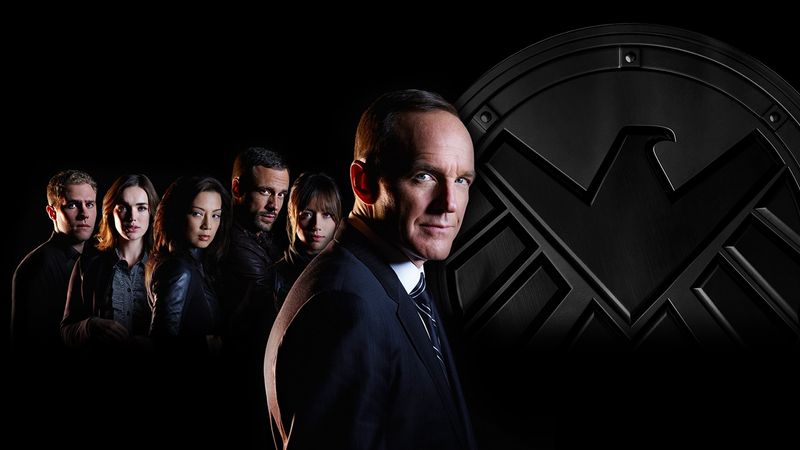
Superhero television has exploded into a golden age, blending blockbuster spectacle with character-driven storytelling. From animated classics that shaped a generation to edgy live-action series redefining the genre, there’s something here for every kind of fan. These shows don’t just punch villains—they challenge systems, explore identity, and push visual storytelling to new heights. Dive in to discover the 22 most popular superhero TV shows and why they continue to dominate screens and conversations worldwide.
1. The Boys
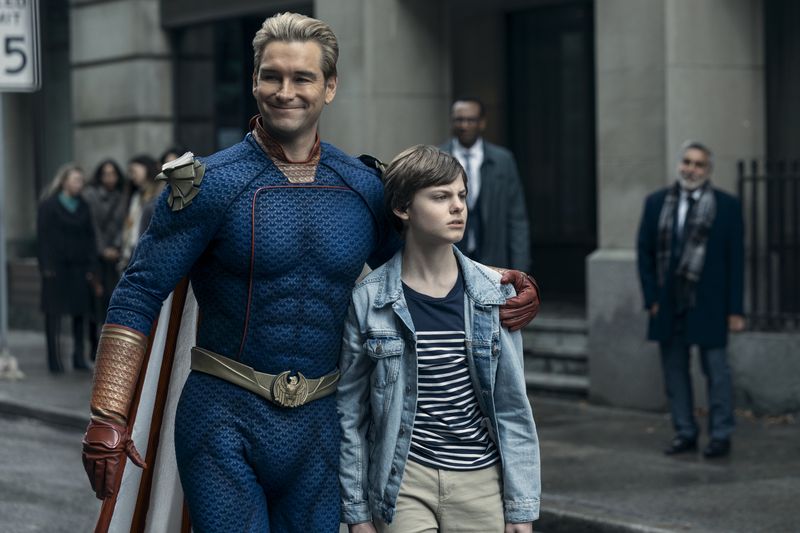
The Boys delivers a razor-edged satire of superhero worship and corporate power, set in a world where capes are branded commodities. Its fearless commentary on media manipulation, celebrity culture, and unchecked authority resonates beyond traditional genre boundaries. Brutal action sequences and morally complex characters keep tension high, while dark humor provides cathartic relief. Buoyed by strong critical reception from sources like Wikipedia and Rotten Tomatoes, the series has become a cultural touchstone. Performances crackle with intensity, particularly from its charismatic antiheroes and chilling antagonists. Each season pushes boundaries with audacious storytelling, daring viewers to question who truly protects the public. The result is addictive, provocative television.
2. Arrow
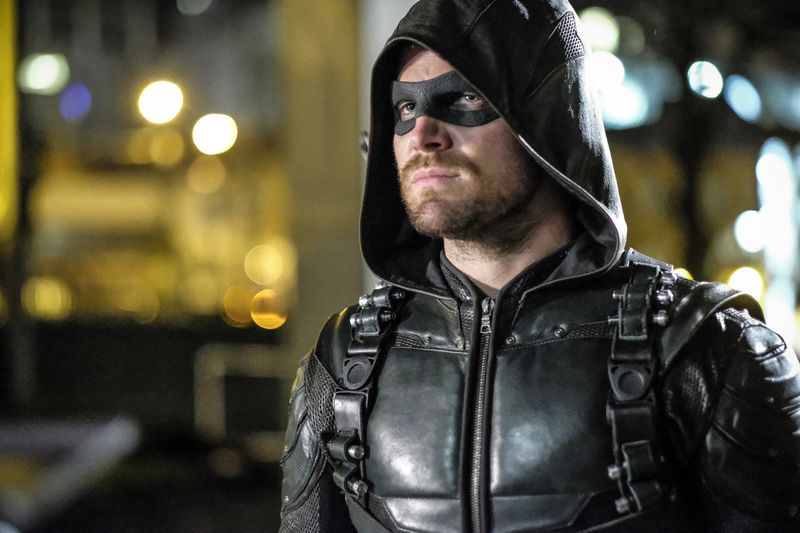
Launching the Arrowverse, Arrow turned The CW into a superhero powerhouse and revitalizing street-level vigilante storytelling. Its grounded tone, parkour-infused action, and morally conflicted hero established a template followed by multiple spin-offs. Long-form arcs about legacy, family, and redemption keep viewers invested across seasons. The series balanced serialized drama with comic book flair, offering inventive stunts and memorable villains. Wikipedia recognizes it as a flagship series that expanded DC’s TV footprint. Its crossover events were appointment television, uniting fans across different shows. Arrow’s influence still echoes through modern superhero TV, proving that grit and heart can carry a franchise. Oliver Queen’s hooded crusade remains iconic.
3. The Flash
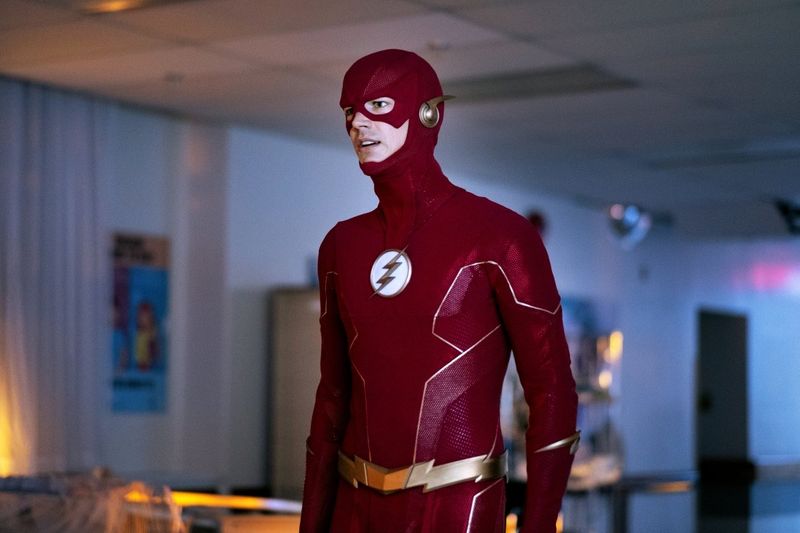
The Flash sped into mainstream popularity with heartfelt character beats, optimistic tone, and inventive time-travel arcs. Its multiverse storytelling expanded possibilities for crossovers and fan-favorite cameos. The show’s blend of humor, science, and family drama made complex concepts approachable and fun. Spectacular speed-force visuals helped distinguish it stylistically from darker contemporaries. Yardbarker and other outlets frequently note its wide audience reach and cultural footprint. Villains like Reverse-Flash and Zoom became memorable TV antagonists, elevating stakes season after season. Despite tonal shifts, the series remained an accessible entry point for new superhero fans. The Flash’s charm, energy, and resonance ensured long-lasting popularity and heartfelt fandom.
4. Daredevil
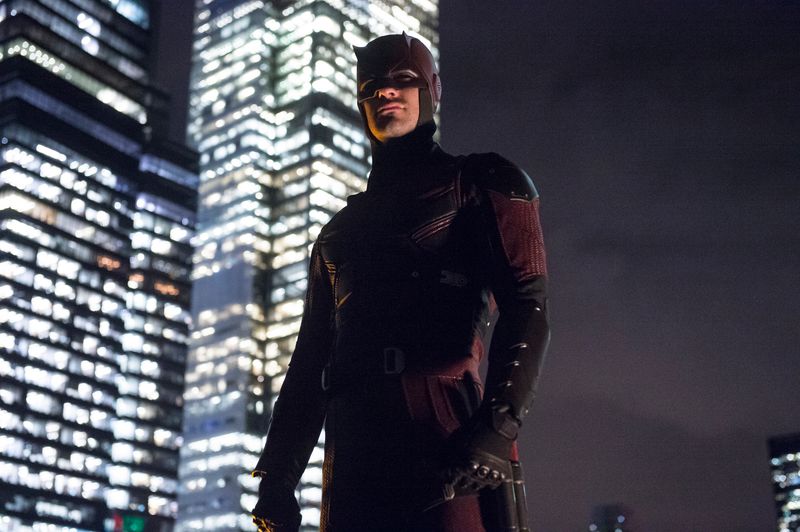
The series’ grounded approach, focusing on street-level crime and trauma, earned critical acclaim from Rotten Tomatoes and a devoted fan base. Charlie Cox’s nuanced performance as Matt Murdock anchored a compelling tale of faith, justice, and sacrifice. Vincent D’Onofrio’s Kingpin delivered a towering, tragic villain. Cinematic choreography and long-take action sequences set new quality benchmarks for TV. Its legal drama interwoven with vigilantism added thematic heft. Daredevil’s legacy is evident in crossover appearances and revived interest in mature Marvel storytelling. It remains a masterclass in grit and heart.
5. Supergirl
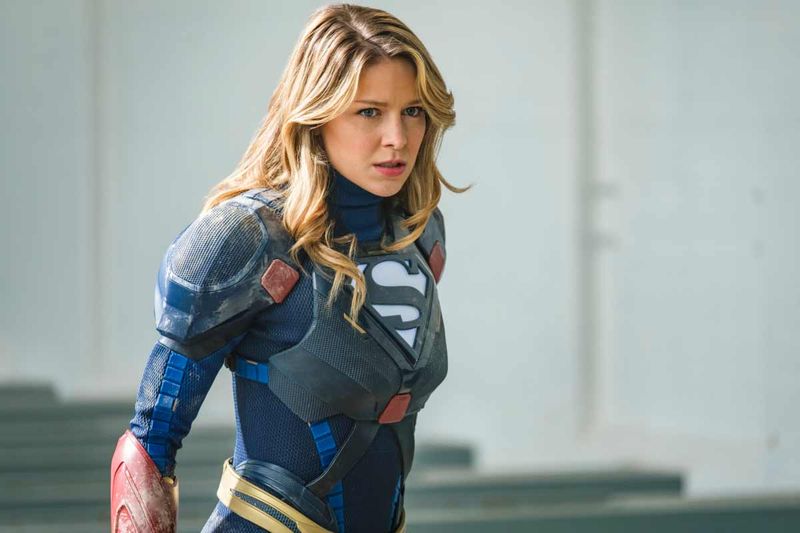
Supergirl soared by centering optimism, inclusivity, and a powerful female lead in a genre often dominated by darker tones. The show tackled immigration, identity, and media responsibility while delivering classic superhero spectacle. Melissa Benoist’s earnest performance gave Kara Danvers an inspiring authenticity. Crossovers within the Arrowverse expanded its reach and fan engagement. Rotten Tomatoes often highlighted its heartfelt storytelling and social relevance. Vibrant production design and emotional relationships helped sustain momentum across seasons. Supergirl’s balance of hope and heroism made it a standout for families and longtime comic fans alike. The series cemented the importance of diverse, empathetic heroes on mainstream television.
6. Legion
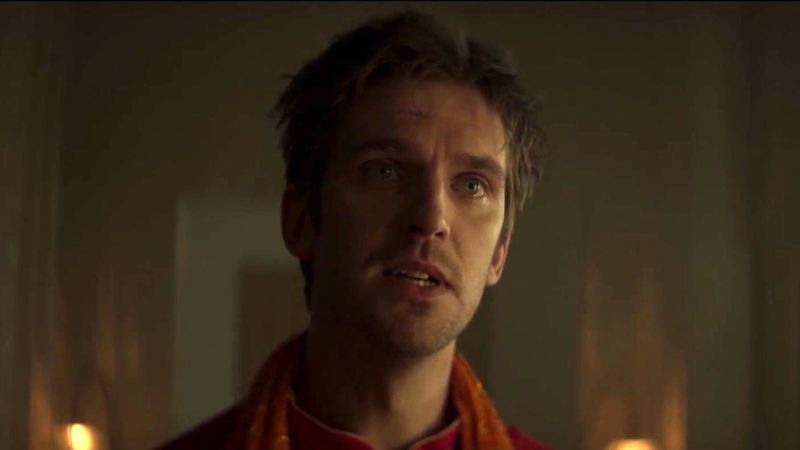
Dazzling as an experimental odyssey through mental health, identity, and cosmic power, Legion earned strong critical acclaim. It fused surreal visuals, nonlinear storytelling, and hypnotic soundscapes to create a dreamlike experience. Dan Stevens’ performance anchored a narrative that challenged perception and reality. Each episode felt like an art film, with bold production design and inventive choreography. Rotten Tomatoes consistently praised its audacity and originality. Legion demanded attention and rewarded patient viewers with thematic depth. It ultimately broadened the definition of superhero TV beyond conventional tropes. The series stands as a daring, atmospheric benchmark for creativity and psychological complexity in the genre.
7. Teen Titans
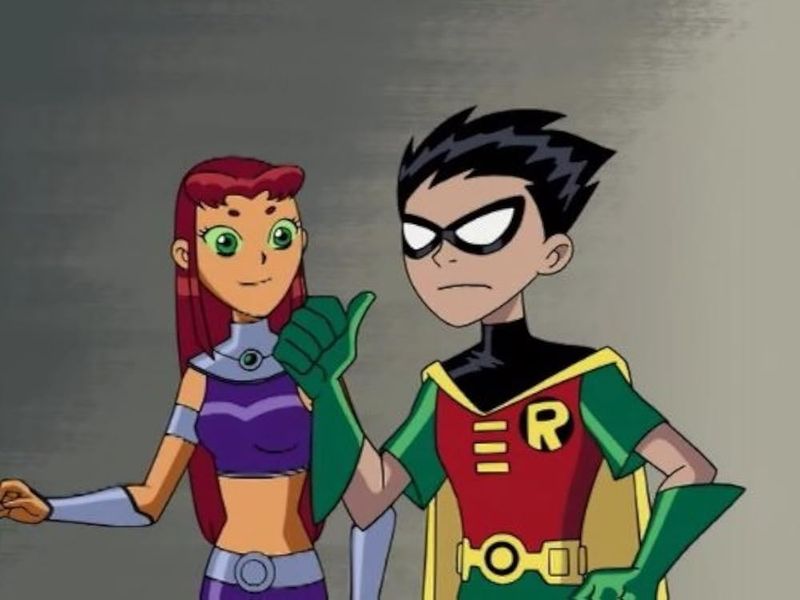
Teen Titans captured a generation with its dynamic blend of superhero action, humor, and anime-inspired style. The ensemble chemistry made character arcs compelling, from leadership struggles to personal insecurities. Its serialized storytelling introduced younger audiences to mature themes without sacrificing fun. Memorable villains, catchy music cues, and striking color palettes helped cement its pop culture longevity. Wikipedia documents its enduring popularity and influence on later DC animation. The show balanced kinetic battles with heartfelt moments, showcasing friendship as a superpower. Its legacy continues through spin-offs and nostalgia-fueled revivals. Teen Titans remains a foundational animated series that shaped superhero fandom.
8. Titans
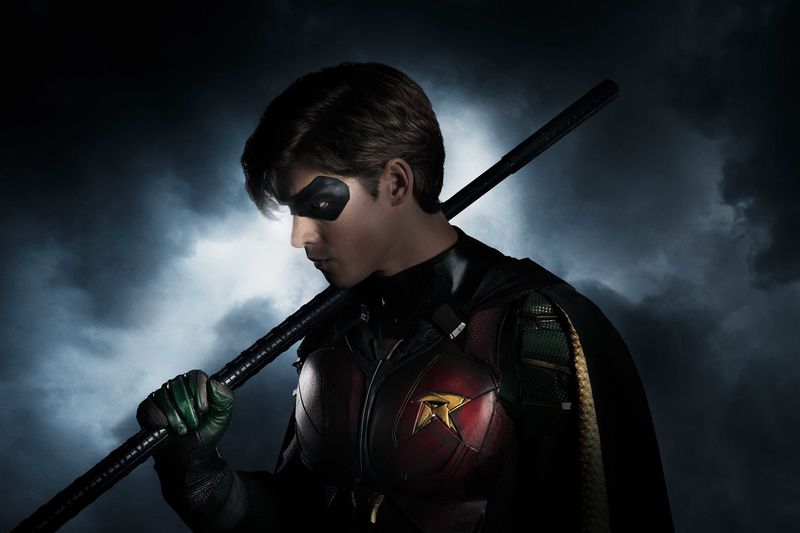
Titans reimagines DC’s young heroes with a darker tone, mature themes, and cinematic production values. It explores trauma, found family, and responsibility as the team confronts grounded threats and supernatural forces. Strong ensemble performances anchor the character-driven plots, particularly for Nightwing, Starfire, and Raven. The show’s gritty action, moody lighting, and serialized stakes attract older audiences. While less cited in certain rankings, it clearly sustains strong popularity on streaming platforms. Titans’ willingness to deviate from standard formulas provides fresh storytelling angles. It honors comics lore without being beholden to it. The series offers a bolder, edgier take on team dynamics.
9. The Umbrella Academy
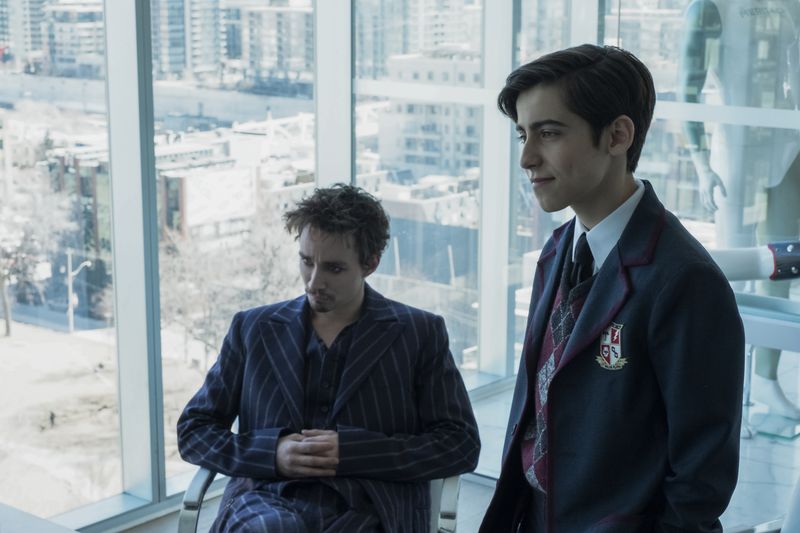
Its stylized direction, needle-drop soundtrack, and bold character designs lend instant personality. The Hargreeves siblings’ clashing powers and flaws create emotional stakes amid apocalyptic threats. High streaming visibility propelled it into mainstream conversation, spawning memes and cosplay. The series balances chaos with sincere vulnerability, building an expansive mythology without losing heart. It consistently surprises with inventive set pieces and left-field twists. Fans appreciate its fresh energy and inclusive sensibility. The Umbrella Academy stands as a genre-twisting crowd-pleaser with enduring rewatch value.
10. Invincible
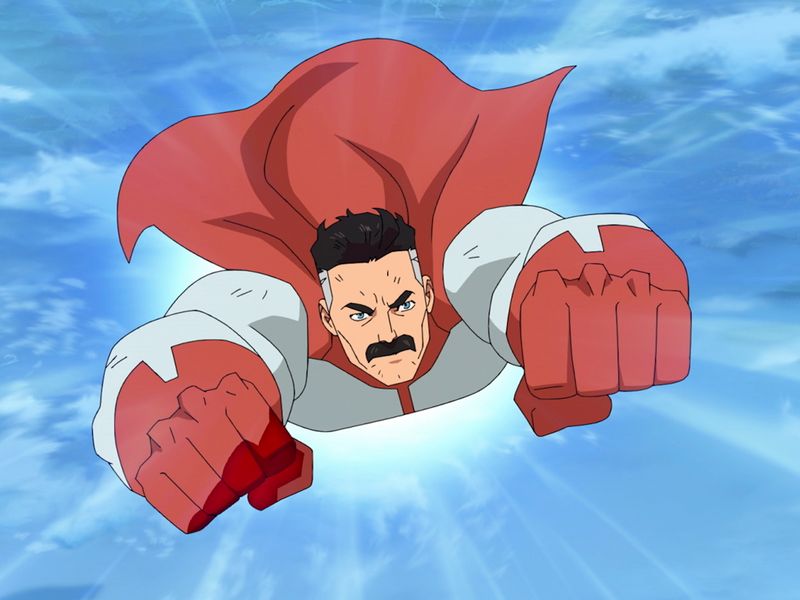
The colorful aesthetic masks brutal twists, subverting expectations and deepening themes of legacy and power. Stellar voice acting and strong adaptation choices honor the comic while evolving key relationships. The Omni-Man arc became a cultural talking point, driving viral interest and analysis. Streaming success underscores demand for mature animated storytelling. Invincible balances heartfelt family drama with spectacular battles and geopolitical intrigue. It embraces long-form arcs that pay off with emotional weight. The series proves animation can be both savage and sincere in equal measure.
11. WandaVision
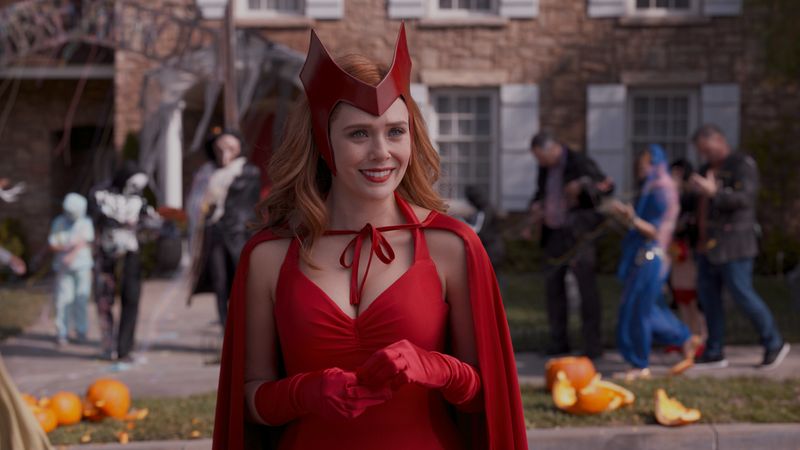
Captivating audiences with a bold sitcom-to-cinematic structure, WandaVision unravels grief through genre pastiche and Marvel spectacle. Each era-hopping episode layered mystery and emotional revelation, rewarding attentive viewing. The series sparked massive weekly discourse, from fan theories to cultural analyses. Polygon and other outlets highlighted its innovative format and mainstream impact. Elizabeth Olsen and Paul Bettany delivered career-best performances grounded in tenderness and loss. Visual effects supported intimate storytelling rather than overshadowing it. WandaVision expanded what a superhero show could achieve on streaming. It set a high bar for serialized experimentation within the Marvel universe.
12. Moon Knight
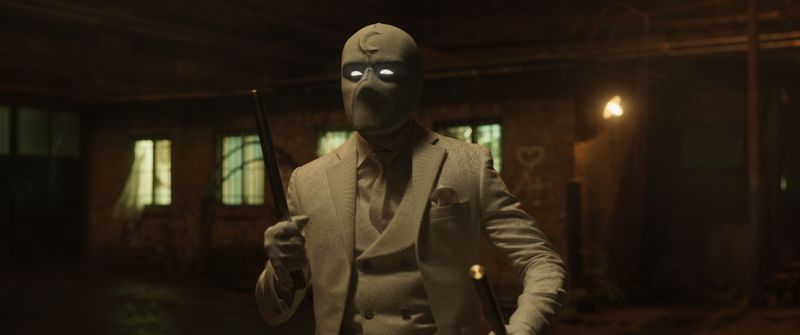
Moon Knight introduced audiences to a fractured hero navigating dissociative identity disorder and ancient myth. Oscar Isaac’s layered performance anchors a story that blends psychological thriller elements with supernatural adventure. Stylish direction and inventive costume design elevate the show’s visual identity. The series’ globe-trotting mystery unfolds with emotional stakes, balancing humor with haunting atmosphere. It broadened Marvel’s tonal range on streaming, attracting sizable pop culture attention. Dynamic action sequences and inventive use of blackout transitions kept viewers engaged. Moon Knight’s exploration of trauma and agency resonated with fans seeking depth. The result is a distinctive, memorable chapter in superhero television.
13. Justice League Unlimited
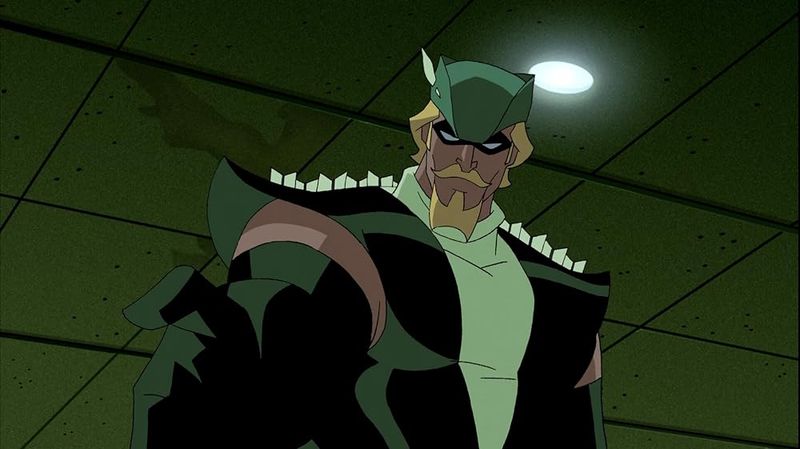
The show refined superhero storytelling with vast character rosters and tightly woven arcs. It elevated DC animation by exploring moral ambiguity, political intrigue, and the responsibility of power. The series showcased deep bench heroes while delivering spectacular team battles. Smart writing balanced episodic fun with long-term payoffs that rewarded loyal viewers. Its iconic voice cast became definitive for many characters. Even years later, JLU stands as a masterclass in animated world-building. Fans praise its ability to make minor heroes shine without sidelining icons. The show remains a cornerstone for understanding the scope of the DC universe.
14. Batman: The Animated Series
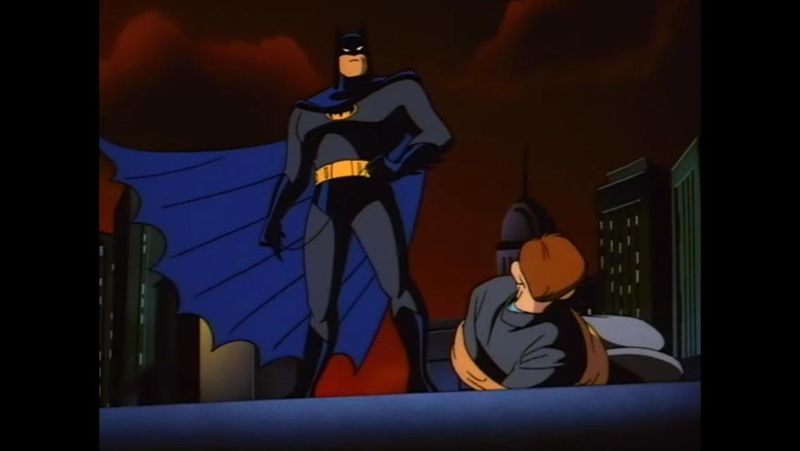
Batman: The Animated Series set the gold standard for superhero animation with noir aesthetics, mature themes, and iconic storytelling. Its Art Deco Gotham, atmospheric music, and groundbreaking character work defined a generation’s Dark Knight. The show introduced enduring elements like Harley Quinn and reimagined villains with emotional depth. Sophisticated scripts balanced action with psychological nuance. Visual style and voice performances remain benchmarks decades later. BTAS influenced countless adaptations across media, from films to games. Its timeless quality attracts new fans continuously. Few series have matched its cultural impact and artistic cohesion in superhero television history.
15. Smallville
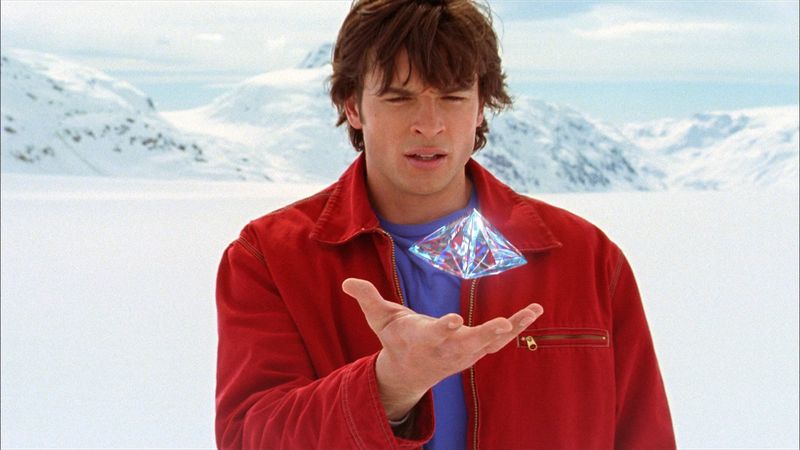
Clark Kent’s formative years blended teen drama with mythic destiny across a decade of television. Its long run built emotional investment in friendships, romances, and rivalries—especially with Lex Luthor. The show artfully teased Superman iconography while focusing on human choices and consequences. Monster-of-the-week episodes gradually gave way to richer, serialized arcs. Its WB/CW success proved superheroes could sustain network longevity. The series launched careers and informed later DC TV strategies. Memorable theme music and heartfelt storytelling kept fans engaged. Smallville remains a nostalgic, foundational milestone for live-action superhero narratives.
16. Jessica Jones
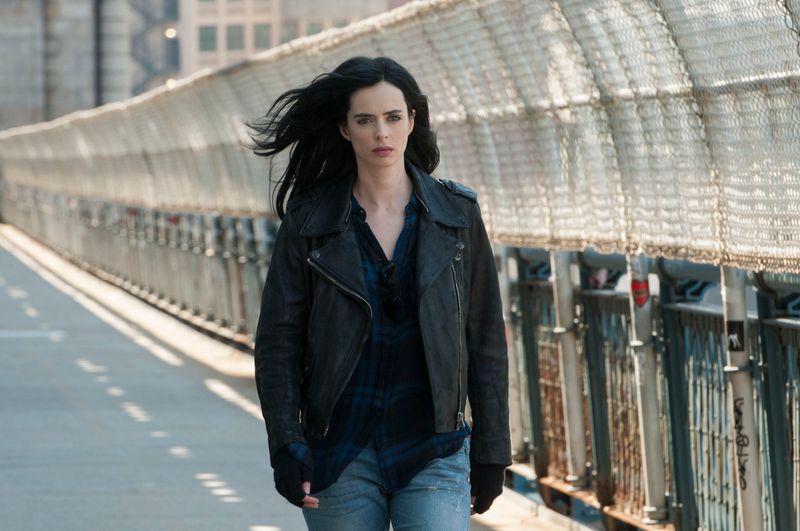
Jessica Jones carved a niche with noir sensibilities, trauma-focused storytelling, and a razor-sharp lead performance by Krysten Ritter. The series tackled consent, PTSD, and manipulation, grounding superhero tropes in raw human experience. Its purple-tinged menace and psychological tension distinguished it from glossier peers. Rotten Tomatoes recognized its critical strength, particularly in season one’s chilling villain. The show’s hardboiled monologues and urban grit created a moody, compelling atmosphere. Complex friendships and flawed heroism gave the narrative staying power. Jessica Jones proved that intimate stakes can be as thrilling as city-smashing battles. It remains a standout in mature Marvel television.
17. The Flash (1990 TV series)
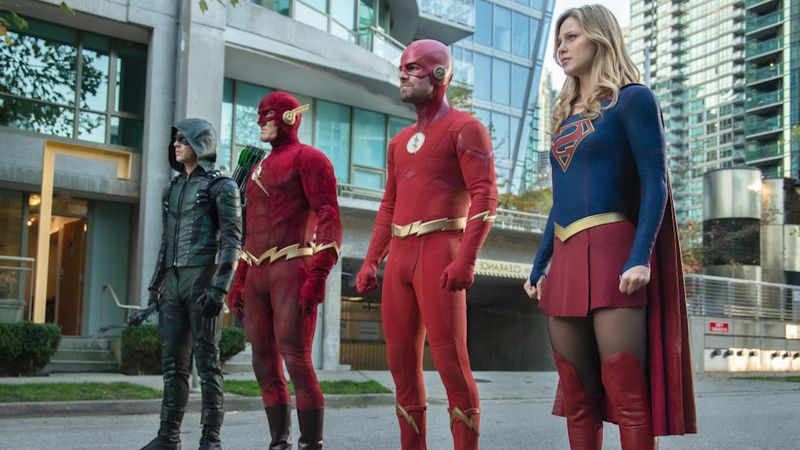
The Flash (1990) introduced cinematic production values and ambitious effects for its era, laying groundwork for future superhero TV. Its pulpy tone, richly designed suit, and crime procedural elements offered a unique early take. Though short-lived, it cultivated a loyal fan base and nostalgic reverence. The series’ legacy continued through the CW revival, with John Wesley Shipp’s return delighting longtime viewers. Its bold attempt to translate comic speed to television deserves recognition. Practical effects and dramatic lighting gave it a distinctive aesthetic. The 1990 Flash remains an important chapter in the medium’s evolution.
18. X-Men: The Animated Series
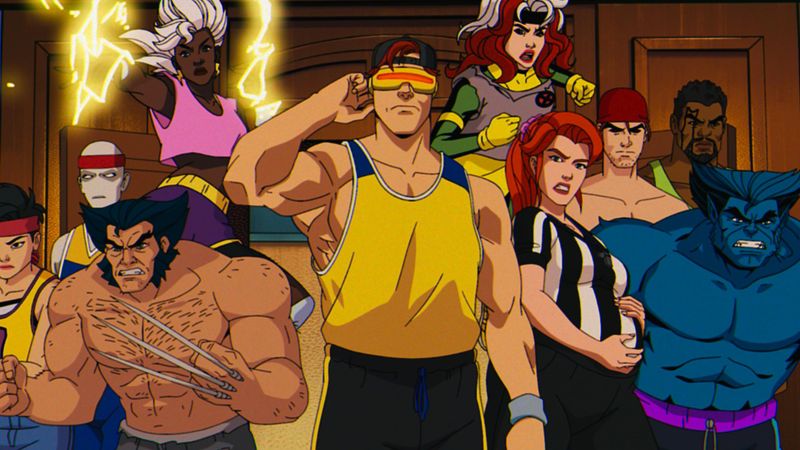
X-Men: The Animated Series introduced a generation to complex themes of prejudice, identity, and solidarity through serialized arcs. Its unforgettable theme song and faithful character portrayals cemented broad appeal. The show tackled political and ethical dilemmas while delivering rousing team battles. Storylines like the Phoenix Saga proved animated television could handle epic scope. Voice performances became definitive for many fans, influencing later adaptations. X-Men TAS fostered passionate, enduring fandom and comic readership. It remains a foundational gateway into superhero mythos for countless viewers. Few animated series have matched its cultural footprint.
19. Superman: The Animated Series
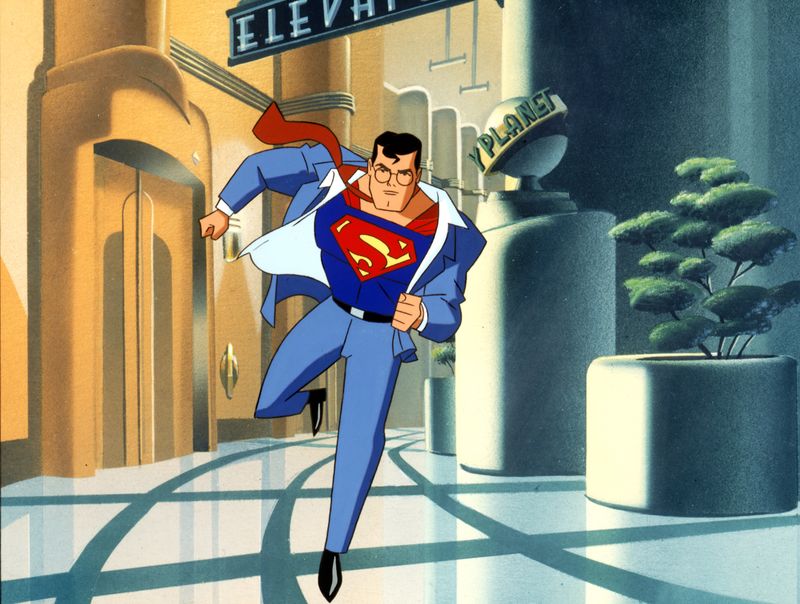
Sleek designs, clean storytelling, and strong character work defined its timeless appeal. The series expanded Kryptonian mythology while exploring ethical dilemmas and journalistic heroism. Its crossover foundation paved the way for Justice League continuity. Memorable villains like Darkseid added operatic gravitas. Emotional resonance came through Clark’s humility and compassion. The show remains a quintessential portrayal of Superman’s ideals on television. It’s a cornerstone of DC animated excellence.
20. Agents of S.H.I.E.L.D.
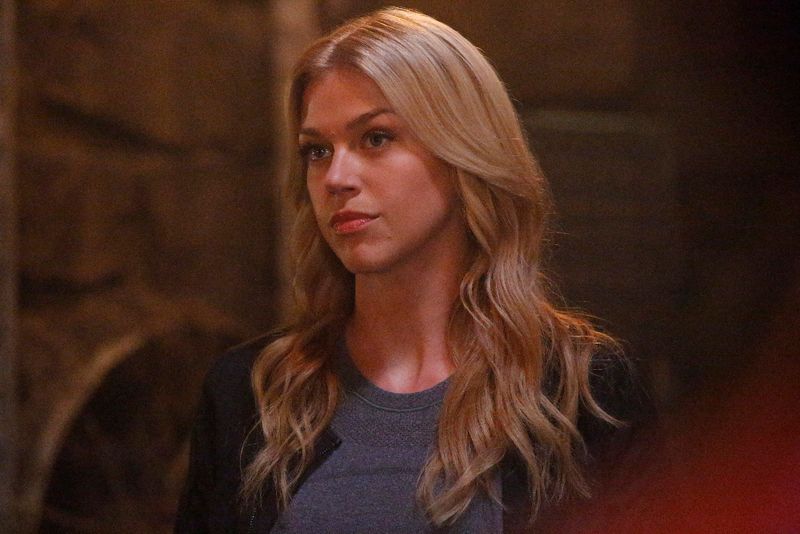
The series expanded Marvel’s TV world with Inhumans arcs, Hydra twists, and heartfelt team dynamics. Clark Gregg’s Coulson anchored a likable ensemble that adapted to shifting tones and stakes. It experimented boldly while maintaining character-driven momentum. As one of Marvel’s longest-running series, it cultivated a loyal audience and rich mythology. Weekly surprises and inventive season structures kept engagement high. Agents of S.H.I.E.L.D. proved network TV could support ambitious, serialized superhero storytelling long-term.
21. The Boys Presents: Gen V
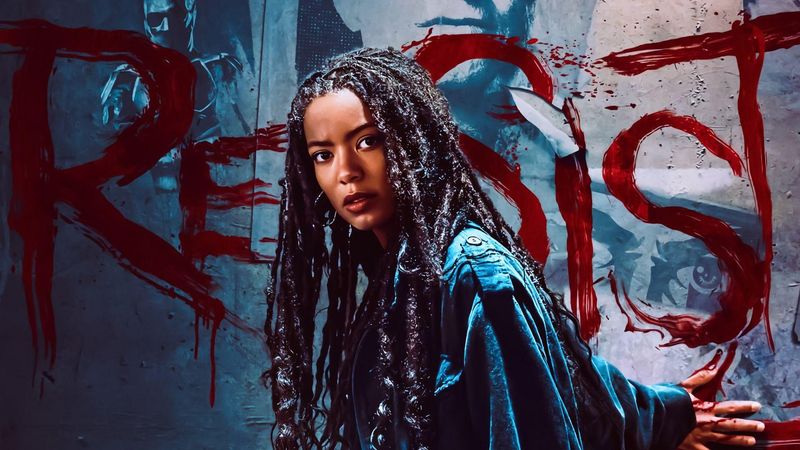
Gen V expands The Boys universe by focusing on super-powered students navigating ambition, corruption, and survival at a ruthless academy. It retains the parent show’s biting satire while exploring youth culture and social media pressure. Graphic set pieces and conspiratorial intrigue keep tension relentless. Emerging buzz signals strong franchise growth as viewers crave deeper world-building. Characters wrestle with identity and exploitation in a system designed to commodify heroes. The series demonstrates how spin-offs can stand independently while enriching the original. Early reception points to sustained popularity and cultural relevance.
22. Peacemaker
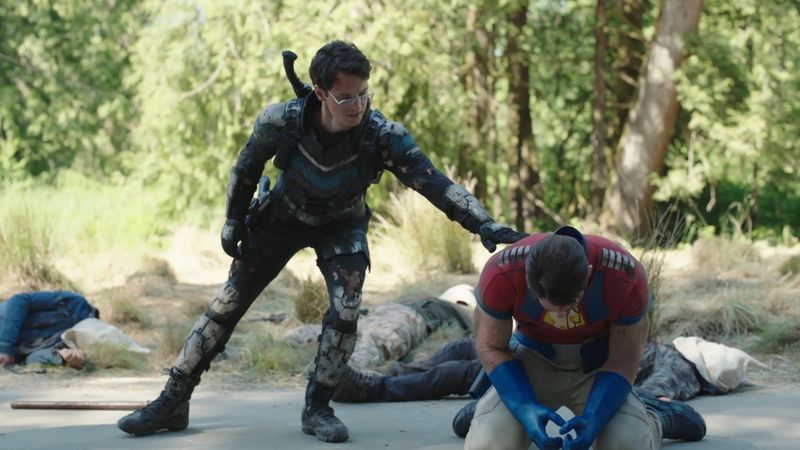
John Cena’s self-aware performance balances bombast with vulnerability, turning a morally dubious figure into a compelling lead. The show’s needle-drop soundtrack and inventive opening sequence became instant viral sensations. Sharp writing interrogates nationalism, trauma, and toxic masculinity without sacrificing laughs. Kinetic set pieces and colorful production design sustain high energy. Peacemaker’s blend of heart and hilarity quickly earned fervent fandom and critical praise. It stands as a modern example of how to spin a side character into a breakout headliner.

Comments
Loading…